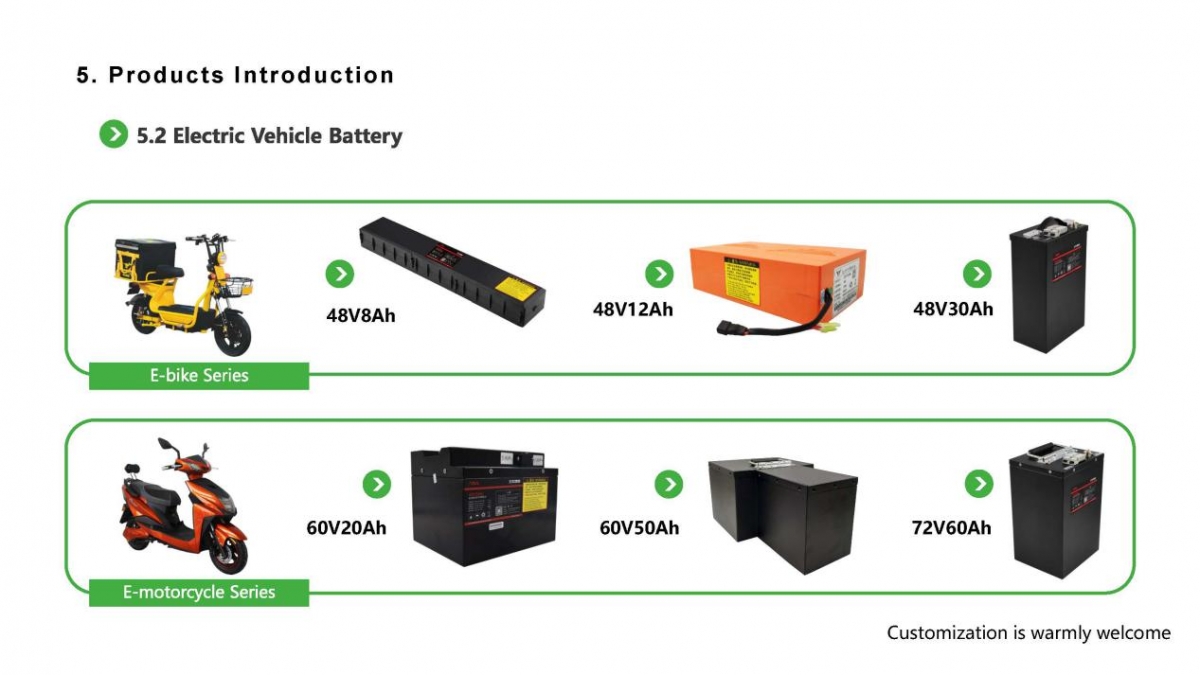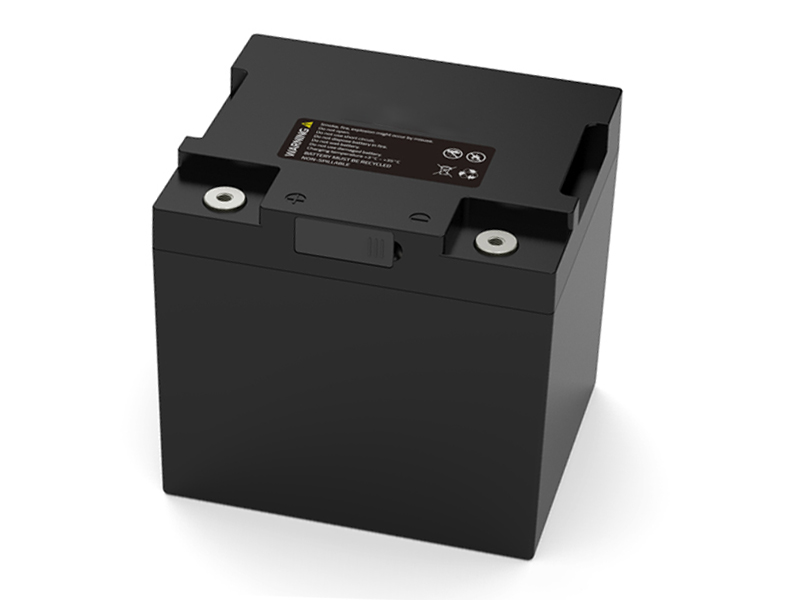- 17
- Nov
Interpretation of battery charging methods for pure electric vehicles source:
Completely solve the electric vehicle battery charging mode
The opening of electric vehicles includes the discussion and development of electric vehicles and power supply systems. The power supply system refers to charging infrastructure equipment, power supply, rechargeable battery systems and power supply methods. Electric vehicle charging technology is an emerging field of science and technology. Countries all over the world have discussed electric vehicle charging technology and proposed manufacturing charging technology specifications, hoping to play a leading role for future enterprises.

1. Start the charging system
According to the open situation of my country’s electric vehicles, three specifications were formulated in 2001, and the three specifications adopted the three parts of IEC61851 on average. In recent years, with the rapid development of electric vehicles and power technology, these specifications can no longer meet the current open demand, and there is a lack of communication protocols, monitoring systems, etc. At present, the State Grid Corporation of China has issued six company specifications for electric vehicle charging stations to regulate the use of electric vehicles in charging stations.

At present, the lack of comprehensive skills in the application of power supply, charging, and 18650 lithium batteries, as well as related specifications and specification discussions, are still an important weak link in the promotion and application of electric vehicles, which brings great difficulties to the next step. Joint planning for electric vehicle charging equipment. The charging station monitoring system has no complicated products to ensure the normal operation of large-scale planning charging stations. There is no universal communication protocol and communication interface specification between the charging station and the charger monitoring system, and there is no information connection between the charging stations.
2. Commonly used charging methods for electric vehicles
According to the technology and application characteristics of electric vehicle battery packs, the charging methods of electric vehicles must be different. In the selection of charging methods, there are generally three methods: regular charging, fast charging and quick battery replacement.
2.1 Traditional charging
1) Concept: The battery should be charged immediately after discharging stops (no more than 24 hours in special circumstances). The charging current is very low and the size is about 15A. This charging method is called regular charging (universal charging). The traditional battery charging method is to choose low current constant voltage charging or constant current charging, and the general charging time is 5-8 hours, or even more than 10-20 hours.
2) Advantages and disadvantages: Since the rated power and rated current are not critical, the cost of the charger and the device is relatively low; the charging time of the power slot can be fully utilized to reduce the charging cost; an important disadvantage of the traditional charging method is that the charging time is too long , It is difficult to meet urgent work needs.
2.2 fast charging
Fast charging, also known as emergency charging, is a short-term charging service with high current within 20 minutes to 2 hours after the electric vehicle is parked for a short time. The general charging current is 150~400A.
1) Concept: The traditional battery charging method usually takes a long time, which brings a lot of inconvenience to practice. The rapid emergence has provided technical support for the commercialization of pure electric vehicles.
2) Advantages and disadvantages: short charging time, long life of the rechargeable battery (more than 2000 times can be charged); without memory, the charging and discharging capacity is large, and 70% to 80% of the power can be charged within a few minutes, because the battery can Reaching 80% to 90% of the charging capacity in a short time (about 10-15 minutes), which is similar to refueling once, large parking lots do not need to set up corresponding charging stations. However, compared with traditional charging methods, fast charging also has certain disadvantages: the charging power of the charger is lower, the work to be done and the cost of the equipment are higher, and the charging current is larger, which requires special consideration.
